 info@kaziranga-national-park.com
info@kaziranga-national-park.com + 9212777225 / 9212553107
+ 9212777225 / 9212553107
Kaziranga National Park and Tiger Reserve
All those who have thought Indian one-horned rhinoceros only existed in Jurassic-era, then a trip to Kaziranga is a must for them. One of the most sought after wildlife holiday destinations in India, Kaziranga National park’s 430 square kilometer area sprinkled with elephant-grass meadows, swampy lagoons, and dense forests is home to more than 2200 Indian one-horned rhinoceros, approximately 2/3rd of their total world population. Formed in 1908 on the recommendation of Mary Curzon, the park is located in the edge of the Eastern Himalayan biodiversity hotspots – Golaghat and Nagaon district. In the year 1985, the park was declared as a World Heritage Site by UNESCO. It is said when Mary Curzon, the wife of the Viceroy of India – Lord Curzon of Kedleston, visited the park to see Indian one-horned rhinoceros; she wasn’t able to found even one. Then she persuaded her husband to take urgent measures to protect the dwindling species which he did by initiating planning for their protection. After a series of meetings and documentations, the Kaziranga Proposed Reserve Forest was created with an area of 232 km2 (90 sq mi) in 1905.
Along with the iconic Greater one-horned rhinoceros, the park is the breeding ground of elephants, wild water buffalo, and swamp deer. Over the time, the tiger population has also increased in Kaziranga, and that’s the reason why Kaziranga was declared as Tiger Reserve in 2006. Also, the park is recognized as an Important Bird Area by BirdLife International for the conservation of avifaunal species. Birds like lesser white-fronted goose, ferruginous duck, Baer’s pochard duck and lesser adjutant, greater adjutant, black-necked stork, and Asian Openbill stork specially migrate from the Central Asia during the winter season.
Undoubtedly, the park is known for its good population of animals but more than that its the wildlife conservation initiatives that take place in the park are more popular. With its amazing wildlife conservation activities, the park has successfully managed to grow the population of Greater one-horned rhinoceros, an endangered species.
The vast expanse of tall elephant grass, marshland, and dense tropical moist broadleaf forests undoubtedly makes the park look beautiful but it’s the presence of Brahmaputra river, which makes it look enigmatic.
Flora:
Due to the difference in altitude between the eastern and western areas of the park, here one can see mainly four types of vegetation’ like alluvial inundated grasslands, alluvial savanna woodlands, tropical moist mixed deciduous forests, and tropical semi-evergreen forests. Kumbhi, Indian gooseberry, the cotton tree, and elephant Apple are amongst the famous trees that can be seen in the park. Also, a good variety of aquatic flora can be seen in lakes, ponds, and along the river shores.
Fauna:
The forest region of Kaziranga Park is home to world’s largest population of Indian Rhinoceros. Other animals that can be seen in the elephant grass, marshland and dense tropical moist broadleaf forests of Kaziranga are Hoolock Gibbon, Tiger, Leopard, Indian Elephant, Sloth Bear, Wild water buffalo, swamp deer, etc. With increase in tiger population every year, the government authorities declared Kaziranga as a Tiger Reserve in the year 2006. Also here one can find good number of migratory bird species from Central Asia.
Best Time to Visit
Kaziranga Park remain closed from 01 May till 31 Oct every year for the visitors. Therefore November to April is the best time to visit Kaziranga National Park.
- Summer (April to May): During this time of the year, the climate remains dry and windy; one can find animals around the water bodies.
- Monsoon (June to September): From June till September, the region receives heavy rain, approximately 2,220 millimeters (87 in); thus the climate remains hot and humid. The park remains closed from May to October due to warnings of Brahmaputra river floods.
- Winter (November to February): Perhaps the best time to visit the Kaziranga National Park as the climate is mild and dry. Chances of spotting rhinos are more in winter as the grass burn off and the background becomes clearer.
- Morning Jeep Safari: 8:00 AM to 10:00 AM
- Afternoon Jeep Safari: 02:00 PM to 04:00 PM
- Morning: 05:30 / 06:30
- Morning: 06:30 / 07:30
- Mihimukh in Central Range at Kohora
- Bagori in Western Range at Bagori
- Agaratoli in Eastern Range at Agaratoli
- Ghorakati in Burapahar Range at Ghorakhati
- Orang National Park (114 kms)
- Hoollongapar Gibbon Sanctuary
- Addabarie Tea Estate
- Kakochang fall (46 kms)
- Deopahar (51 kms)
- Shillong
- Guwahati
- Dibru-Saikhowa National Park
- Nameri National Park
- Manas National Park
Safari Timings
To promote wildlife tourism in Assam, Kaziranga Park authorities organizes a jeep and elephant safari tour.
Elephant Safari Timing
Safari Gate/Zones
Sprawling over an area of 430 sq km, the park alias the hotspot of diversity is split into four areas; each has its own distinguish feature regarding grasslands, the density of mammals & bird, land topography, terrains. Below are some points of the pre-defined tourist circuits where the jeep safari takes place:
Major Attractions in & Around the Park
To enjoy the best of the park, it would be good to take a jeep or elephant but what apart from these options? Fortunately around Kaziranga, one can find an ample number of nature getaways options like wildlife sanctuaries, parks for bird watching and hill stations. So, if, by chance, tourists have some extra days at their disposal than go to the list of places mentioned below to make the holiday even memorable. Below are some places to visit around Kaziranga National Park:
If on an extended trip to Kaziranga, tourists can visit:
Hotels & Resorts in Kaziranga
From luxury resort to rest houses to dormitories, an assortment of accommodation options are available in Kaziranga National Park. Most numbers of hotels are maintained and furnished by the Forest departments. If traveling during the peak season, November to April, it would be recommended to book ahead and paying in advance. A good number of hotel sell Jungle Plan packages, which include full-board accommodation, park fees, a morning elephant safari and many more things. Mentioned below are some good hotels & resorts in Kaziranga National Park.
Our Blog

The Success Story of Rhino Conservation in India
Let’s walk back in time, shall we? In the 1960s, the Indian media started reporting larg...
Read More

Kaziranga National Park is Now India’s Third-Most Visited Wildl...
With 443,636 visitors from Oct 1, 2024 to May 18, 2025, Kaziranga National Park has become...
Read More

Kaziranga’s Floral Treasure: 70 Orchid Species Discovered in As...
Kaziranga National Park and Tiger Reserve (KNPTR), a UNESCO World Heritage Site renowned f...
Read More
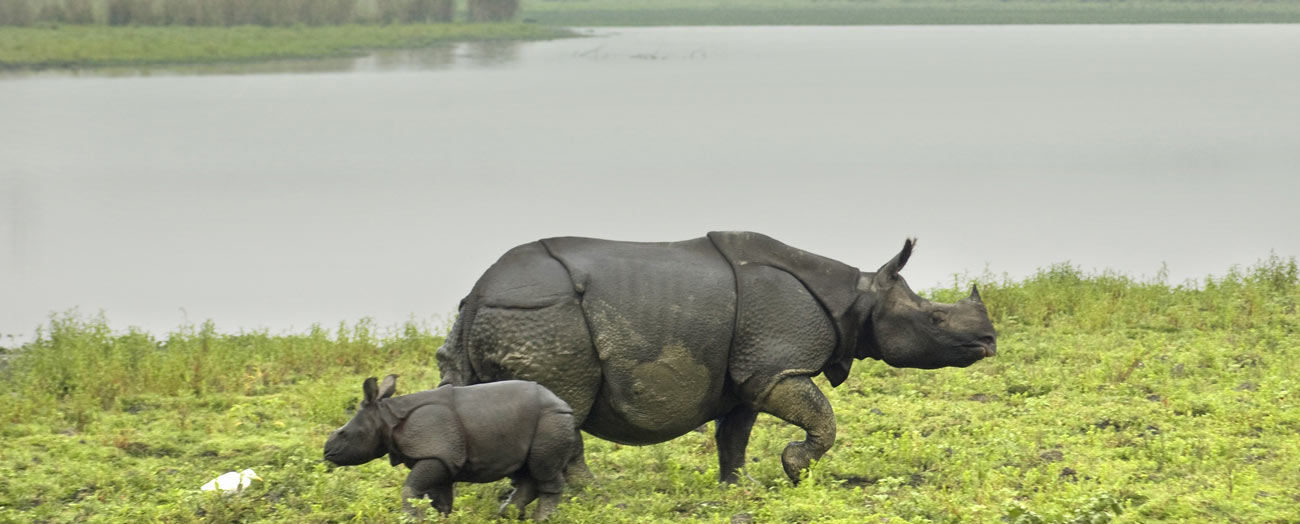
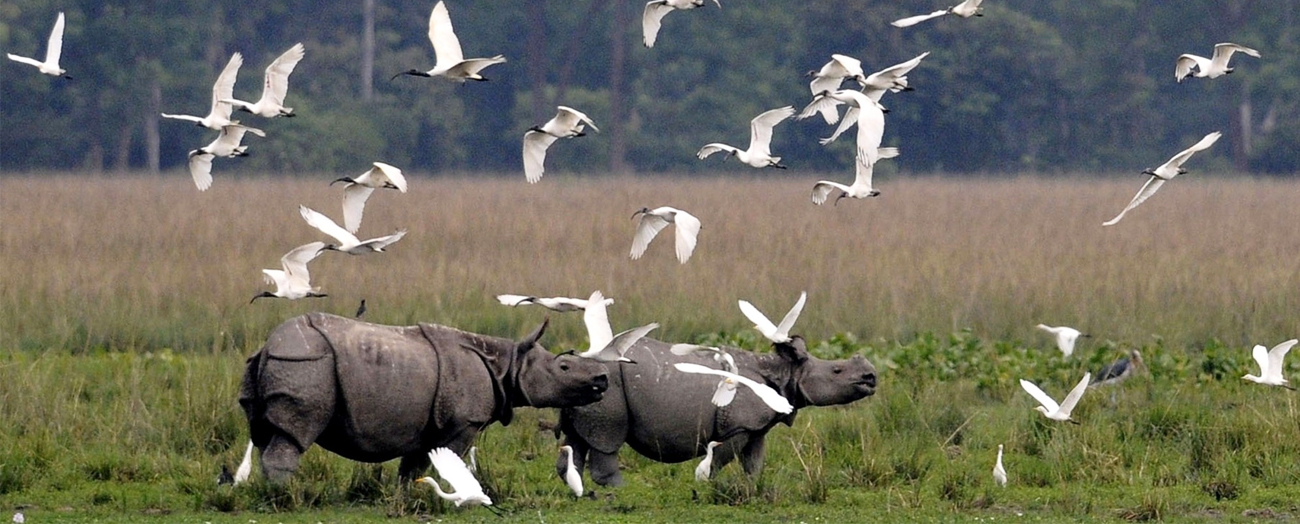
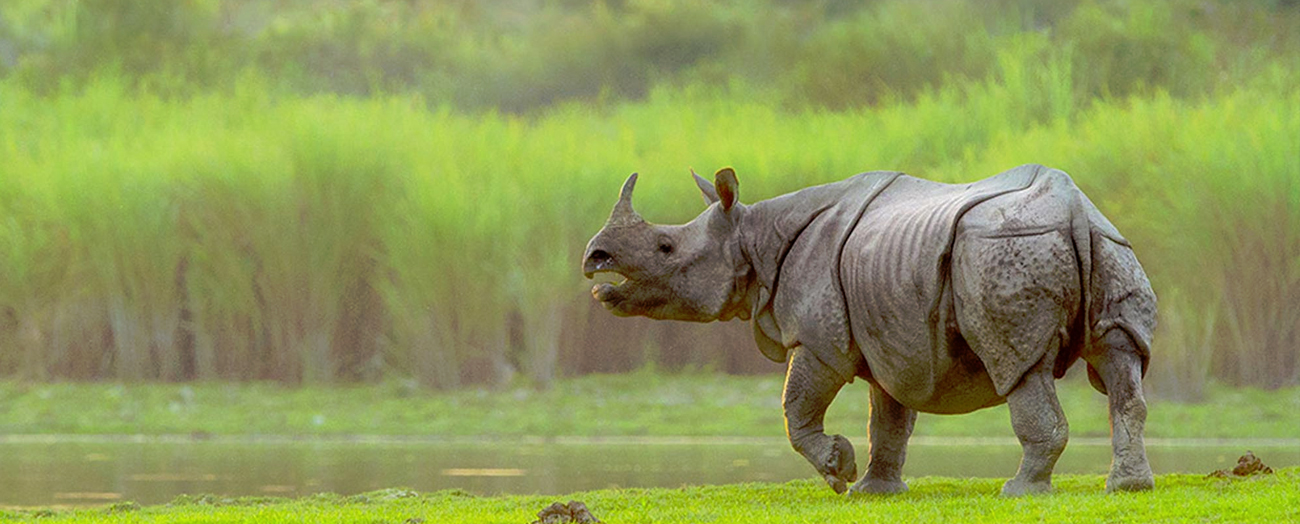
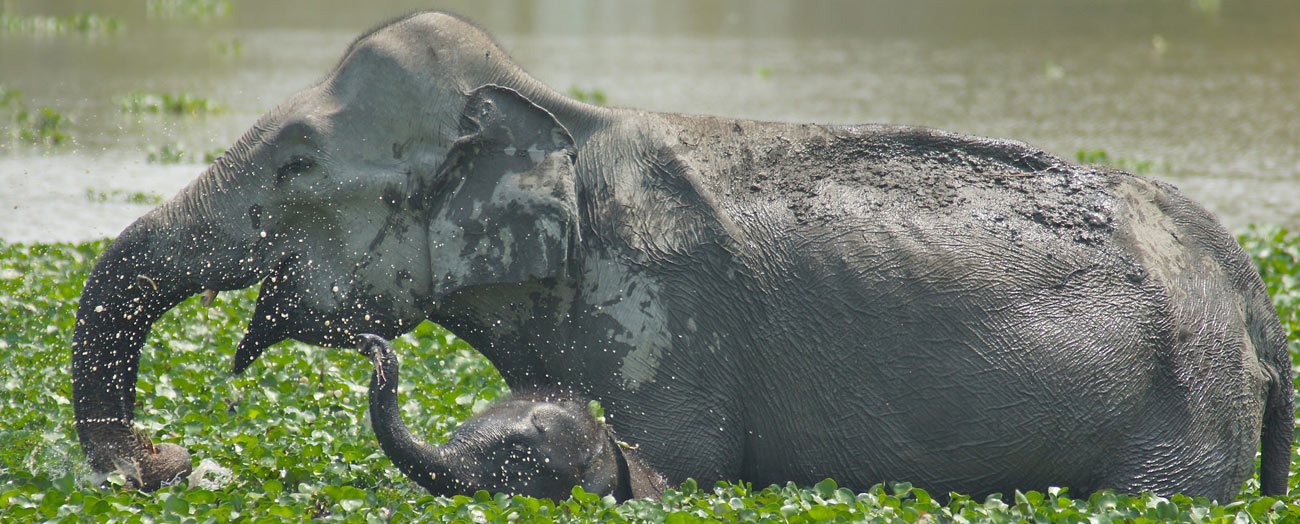
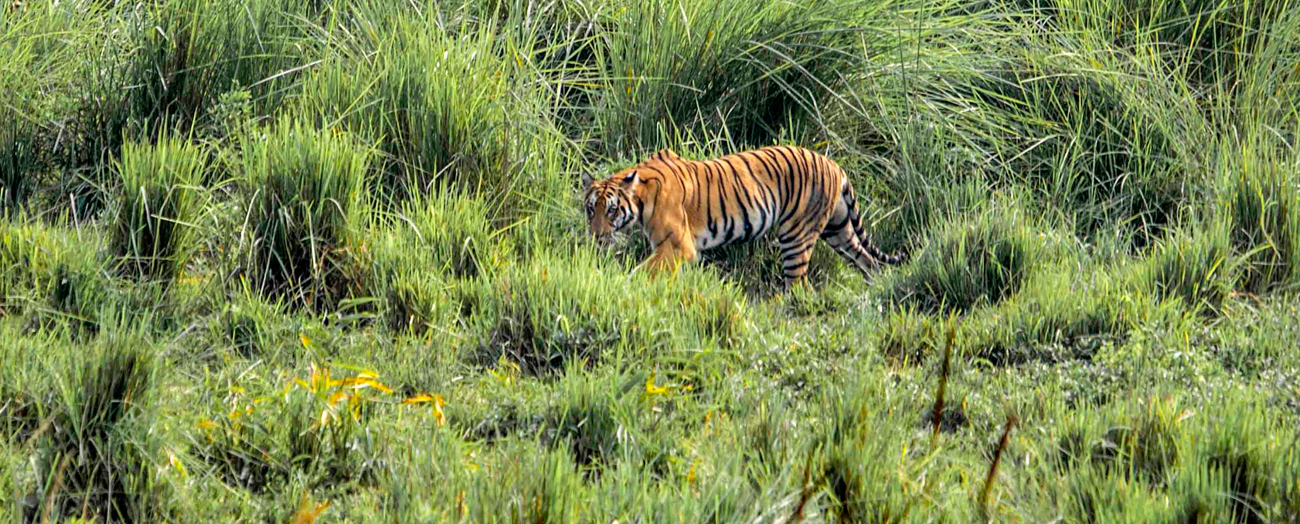
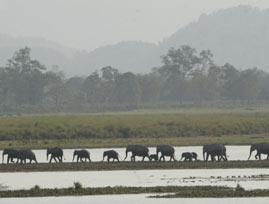
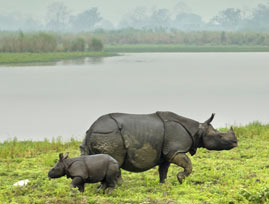
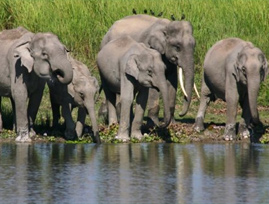
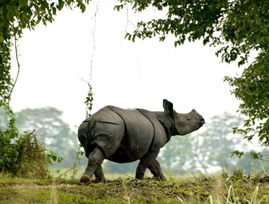
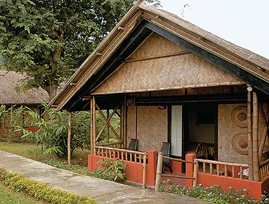

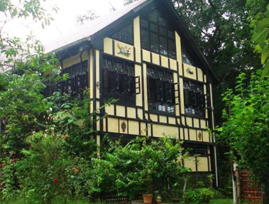
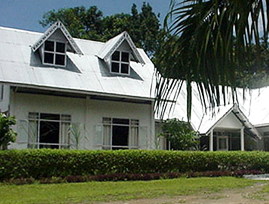
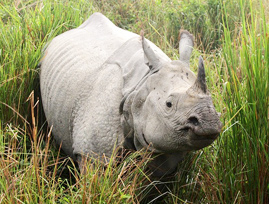
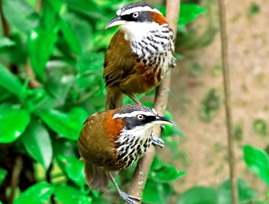
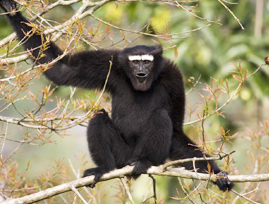
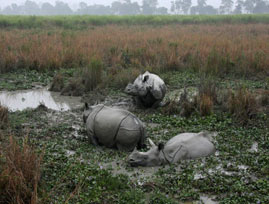
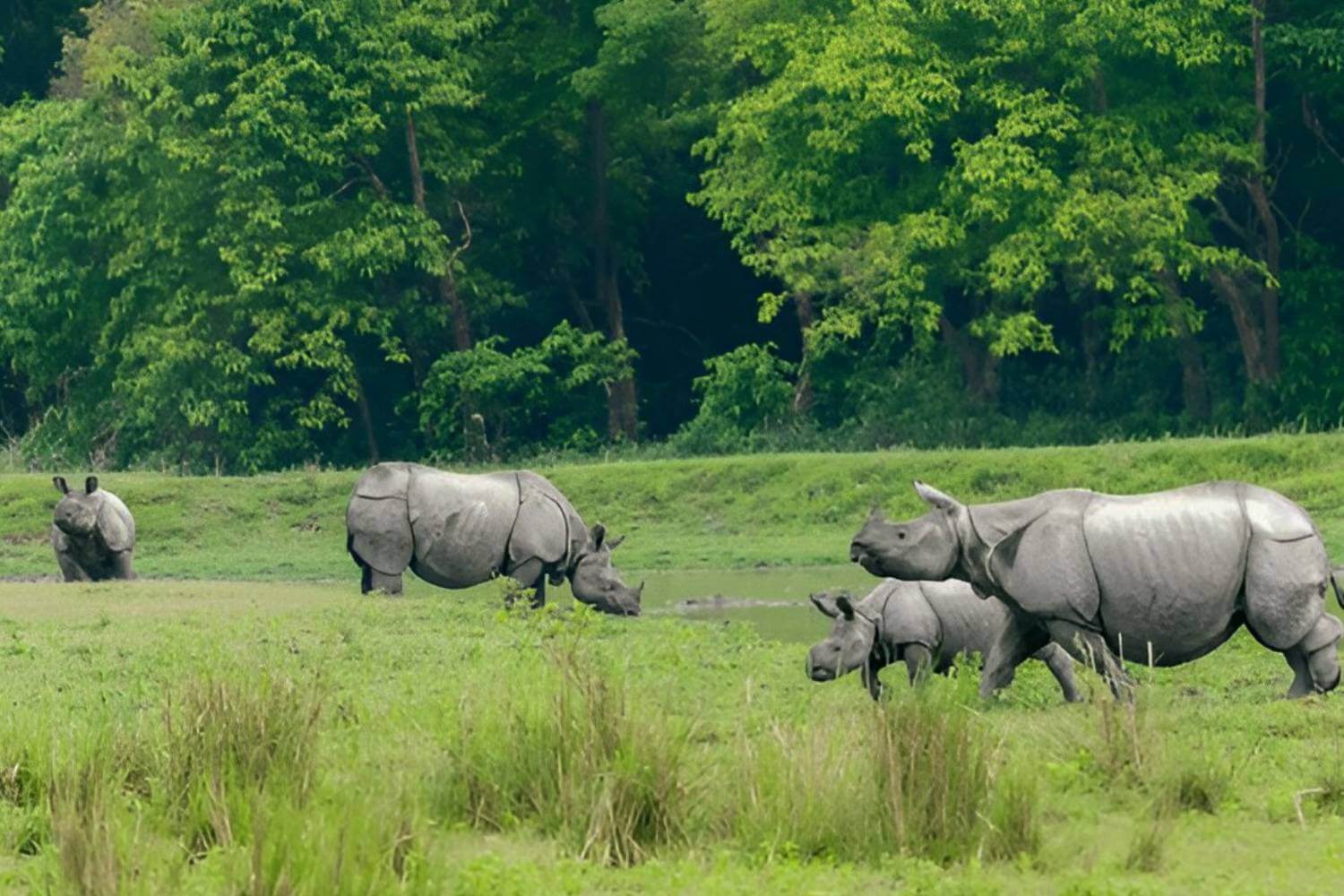
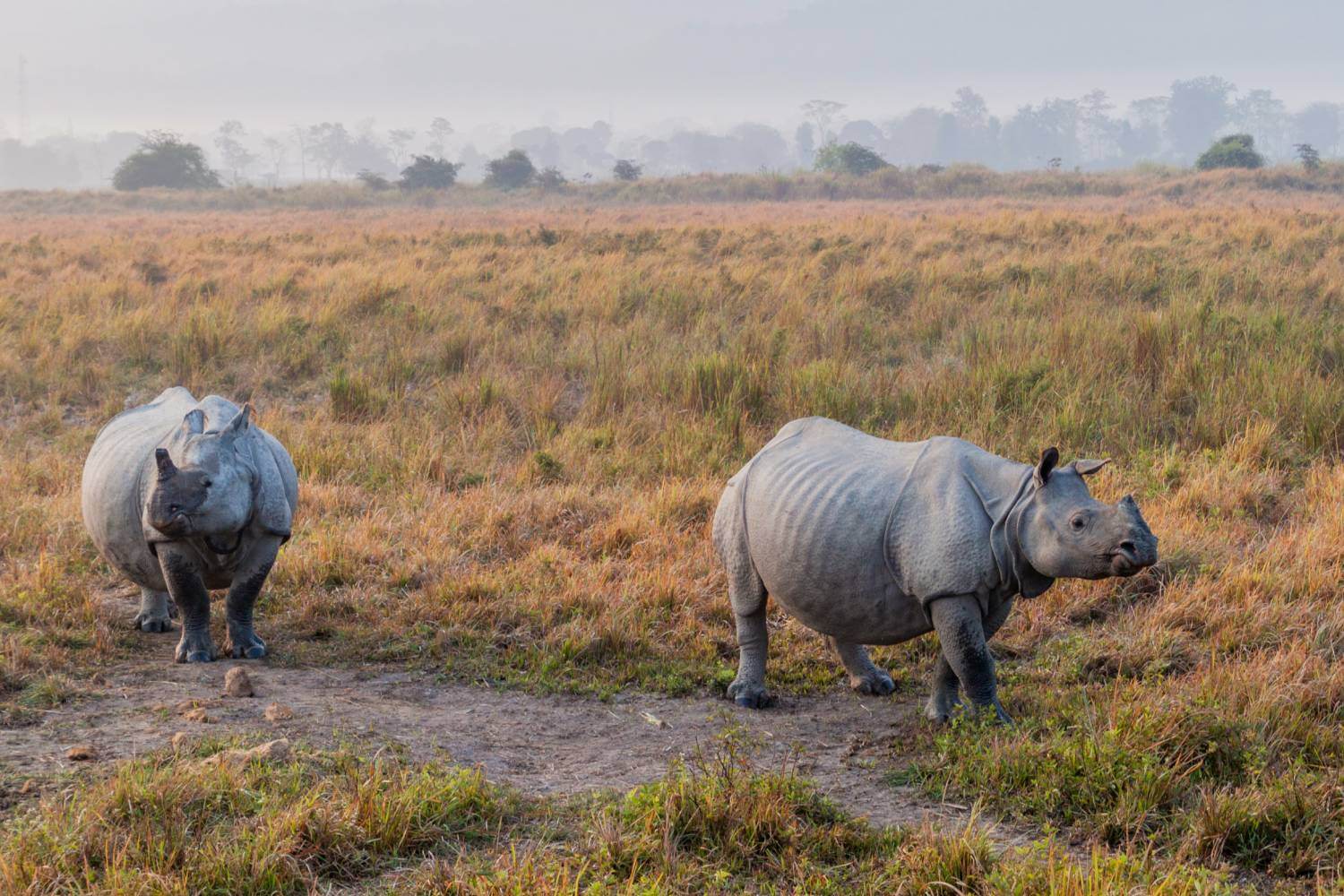
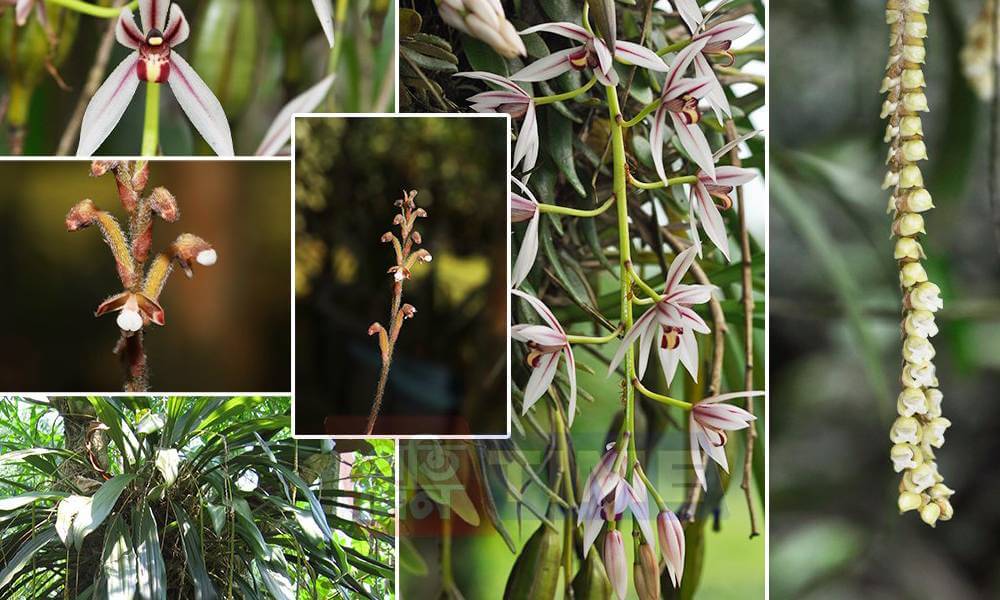
 Share
Share Home
Home Packages
Packages Book Now
Book Now